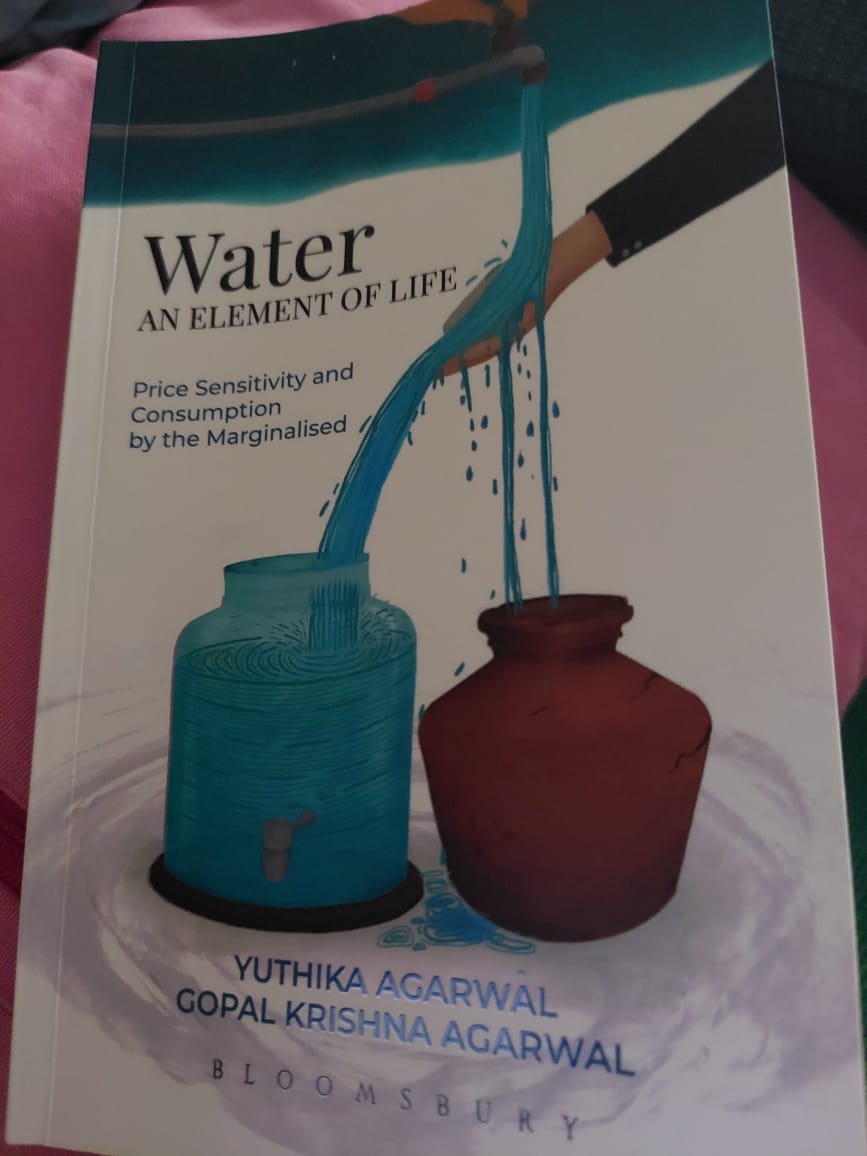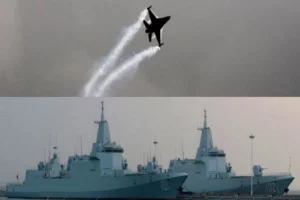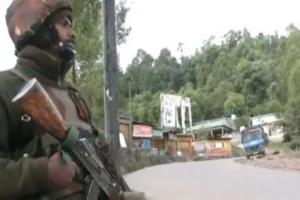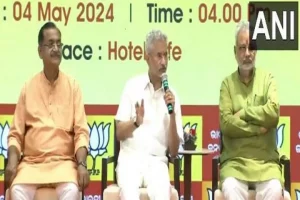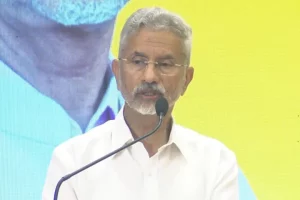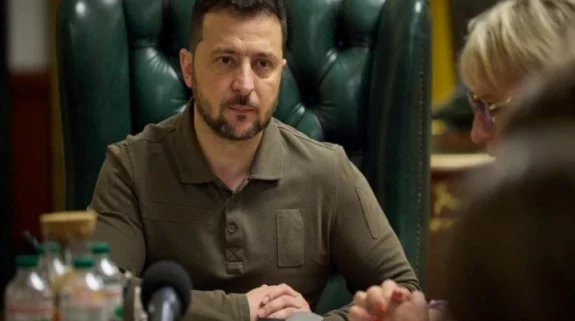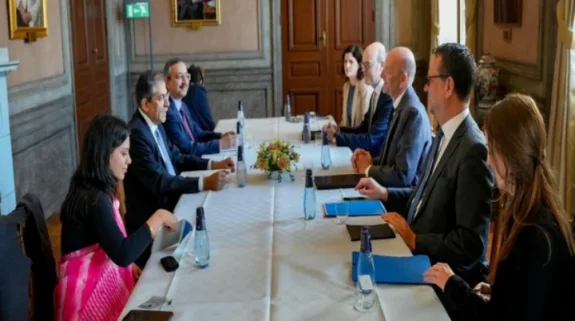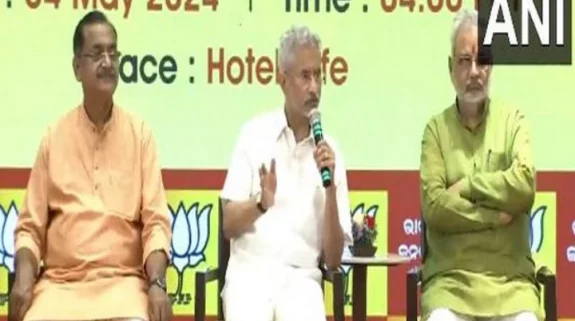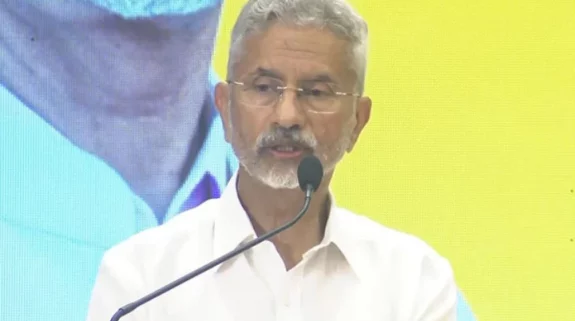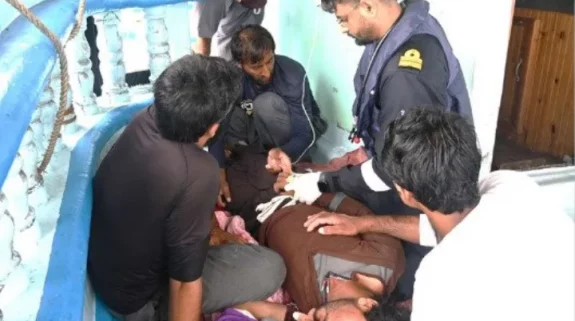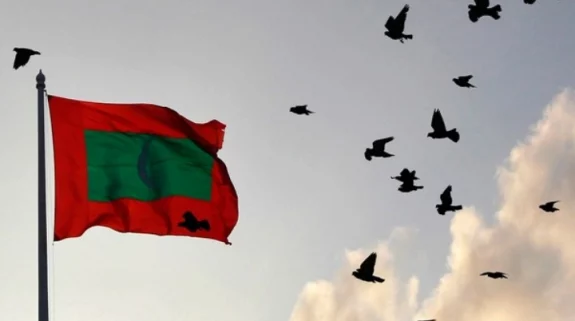“Water, water everywhere, not a drop to drink”—the famous lines from 18th century poem The Rime of the Ancient Mariner by Samuel Taylor Coleridge couldn’t have been more apt. Many countries, the world over, are staring at water shortage. Water management is an issue in India too.
“Water is probably the single largest natural resource that us under severe stress in India. Home to 17 per cent of the global population, India accounts for just four per cent of the global fresh water resources,” write Yuthika Agarwal, Assistant Professor in Delhi University and Gopal Krishna Agarwal, BJP’s spokesperson on economic affairs in a recently published book ‘Water-An Element of Life: Price Sensitivity and Consumption by the Marginalised.’
The authors—father-daughter duo—also underline the fact that while India has not scarcity of water availability, its inefficient distribution and management, especially in the urban areas are causes for concern.
Also read: Now Allahabad Univ panel to ensure Ganga is clean
Speaking to India Narrative, Gopal Agarwal also said that availability of clean water is an area which needs to be monitored.
“We need to understand the dynamics of water availability in a country like ours which is so diverse. We have no water scarcity but despite that there are issues related to water management and availability in many areas,” Agarwal, who is also the president of Jaladhikar Foundation, said.
“Besides the decreasing availability of water resources, its deteriorating quality is another emerging problem," the book, published by Bloomsbury India, notes. It also highlights that those belonging to the lower income groups neither have access to adequate water nor get “quality” water.
Interestingly while Right to Water is not provided for in the Constitution of India, the judiciary has noted that this is a necessity.
India, which has been witnessing a rise in population, needs to be prepared. India’s population is expected to rise to 1.66 billion by 2050.
The Agarwals have said that the rapid scale of urbanisation and industrialisation have led to the mismanagement of water supply.
Also read: Barmer villagers dance on streets to celebrate water supply
Besides, the book also takes into account the pricing mechanism of water usage. “Pricing of water is a very critical policy. The poor will be affected more than the higher income households,” it says.
Notably Prime Minister Narendra Modi has launched the ‘Har Ghar Jal’ scheme to ensure that every household in India is able to access tap water.
According to the government Jal Jeevan Mission, as many as 8.4 million households now have assured piped water supply in the 117 poorest districts, an increase from 7 per cent to 31 per cent in 22 months since the scheme was launched in 2019.
There has been a four-fold increase in the rate at which functional piped water is being provided to households in India’s 117 so-called aspirational districts, home to some of the poorest Indians — overtaking the pace at which piped water is bring provided nationally under the marquee Jal Jeevan Mission, official figures show.






